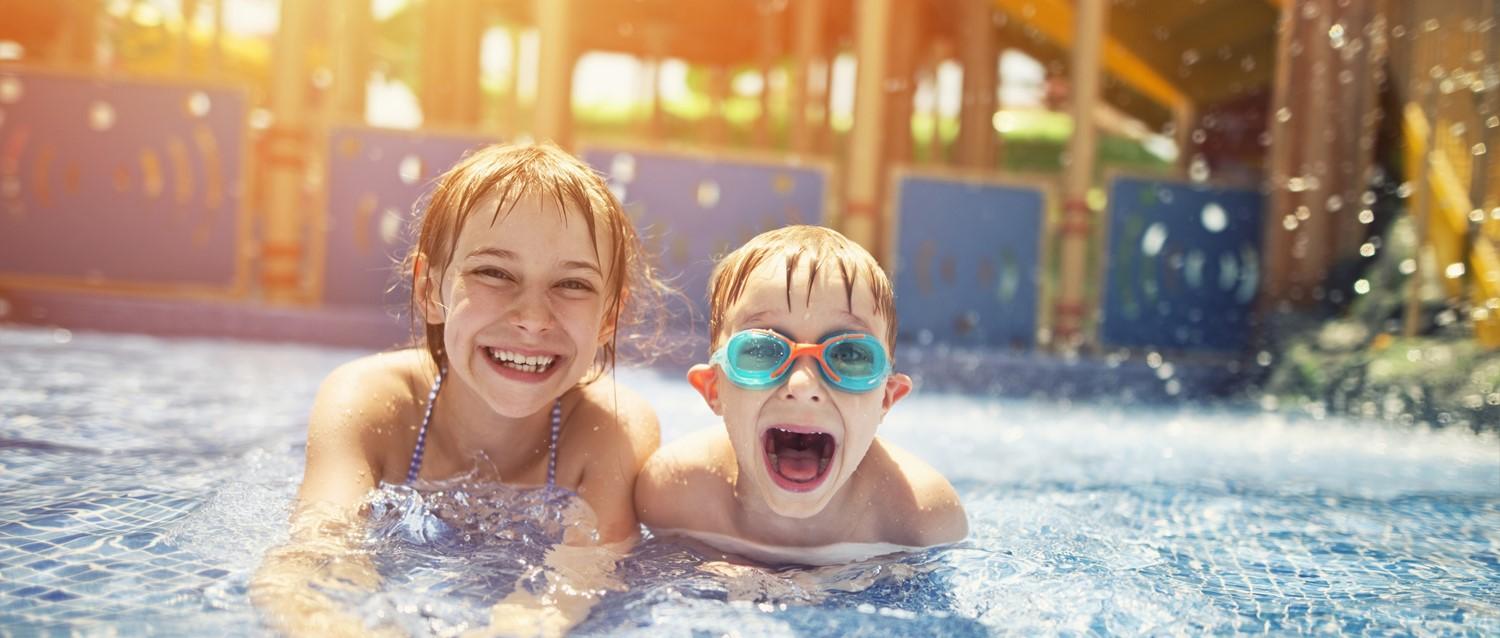
Should parents worry about 'dry drowning'?
Peer reviewed by Dr Sarah Jarvis MBE, FRCGPLast updated by Karen GordonLast updated 10 May 2018
Meets Patient’s editorial guidelines
- DownloadDownload
- Share
- Language
- Discussion
In the majority of cases, the risk of fatal drowning ends when a child leaves the water. But in rare instances, breathing problems can occur after a youngster has been submerged and rescued. We explore the signs parents need to watch out for.
In this article:
Continue reading below
Does dry or secondary drowning exist?
According to paediatrician and founder of Helper Bees, Dr Tamara Bugembe, 'dry' and 'secondary' drowning are terms that used to be used to describe breathing difficulties experienced after a range of water-related incidents.
However, Bugembe points out that, recently, there has been a move by medical professionals to stop using these terms because they can create ambiguity that may compromise the care a child receives. Indeed, following a WHO report, there is consensus that the terms 'wet', 'dry', 'active', 'passive', 'silent', and 'secondary' drowning should no longer be used.
"Instead, the term 'drowning' is used to refer to all breathing difficulties that are related to water incidents, because the changes that are happening in the child's lungs are identical whether the exposure was to a large body of water or not," says Bugembe.
So dry drowning - the idea that children can come to life-threatening harm after water exposure without any water getting into their lungs - is a myth. Unfortunately, drowning does happen, and children are at particular risk. 255 people died from accidental drowning in the UK in 2017, and drowning is the second or third most common cause of accidental death in children in the UK, Australia and the USA.
A life-threatening condition could potentially occur if someone has been partially submerged in water and rescued, but if at some point subsequent to that, a small amount of water will have entered their lungs. "This causes inflammation or swelling and makes it harder for the lungs to function," says Joe Mulligan, head of first aid education at the British Red Cross.
They can also develop a condition called aspiration pneumonia as a consequence of germs in the water.
But it's a myth that drowning deaths can occur days or weeks after the incident with no preceeding symptoms, according to the American Red Cross:
"Brand new symptoms that develop days later are extremely unlikely to be related to the drowning episode. Importantly, the child should be evaluated for other conditions that might have caused the deterioration," says the charity.
Symptoms to watch out for
Despite many scare stories in the media, there are no reported cases in medical literature of a child who suddenly experienced severe breathing problems days after being in the water, without experiencing prior symptoms.
However, it's really important to be aware that signs can worsen in the hours after a drowning incident. Parents should look out for even seemingly mild symptoms.
"The symptoms that your child may experience are linked to lung injury and reduced oxygen in the blood, including dizziness, tiredness, nausea, persistent coughing, difficulty breathing, chest pain and a change in behaviour," says Mike Dunn, deputy director of education and research of the Drowning Prevention Charity.
Bugembe adds: "Symptoms can range from spurts of coughing, wheezing, rapid breathing with nostrils flaring and an increased effort in breathing where your child has to really pull in at the base of their neck or under the ribcage to suck in sufficient air. Your child may also become irritable or lethargic and, in some cases, develop a fever.
"Pneumonia can sometimes develop after the initial event and this can take days to occur with similar symptoms as those I have already described," she says.
Continue reading below
When should you seek help?
"If your child has fallen into the water, has nearly drowned or has inhaled a small amount of water, be aware of the risk and monitor them," says Dunn.
If they start to develop symptoms or feel ill, recognise that this could be linked to when they were swimming and seek medical attention straight away. Of course, it's important to mention to their doctor that they've also had a water-related incident. Bugembe says it's also helpful to know whether the water involved was salt water, chlorinated water or bubble bath water and the time it occurred.
"If your child already has any chest-related conditions such as asthma, please seek help sooner because their airways are more likely to react," she says.
She also recommends encouraging your child to cough and clear their airways as soon as the incident occurs.
"It's the most effective way to prevent the cascade of damage to the airways. Once the incident has occurred, observe your child closely. At bedtime, dress them in clothing that allows you to easily check on their effort of breathing," she says.
Prevention is key
Ultimately, the most effective drowning prevention is to ensure kids are not left unattended near water and are constantly supervised.
"Swim where there are lifeguards, particularly holiday resorts and beaches," says Dunn. Plus, teaching them to swim as early as possible can help prevent a drowning incident.
"Children can drown in as little as 5 centimetres of water," says GP Dr Sara Kayat. "So adult supervision is the order of the day and make sure you empty and tidy away any paddling pools after you've used them and put a net or a fence around garden water features."
This article was updated on 14 May 2018 to make clear that 'dry drowning' is an outdated term.
Patient picks for Parenting

Healthy living
How to deal with empty nest syndrome at Christmas
When the kids aren't home for Christmas, it's not easy. The festive season is often seen as a time for family and friends, with back-to-back TV adverts showing people tucking into turkey dinners and enjoying mince pies together. So when you're home alone without extended family, things can seem too quiet - making what should be a joyous time feel lonely.
by Lydia Smith

Healthy living
How to talk to your kids about sex, porn and healthy relationships
Parents expect to have tricky conversations with their kids, whether it's 'where babies come from' or how to navigate a safe, sexual relationship as a young adult. But with children exposed to online pornography at an increasingly early age, parents are having to grapple with discussions about what their kids have clicked on and seen. Talking about porn and what a healthy relationship looks like isn't always easy but it is important - because the cost of staying quiet can be high.
by Lydia Smith
Continue reading below
Article history
The information on this page is peer reviewed by qualified clinicians.
10 May 2018 | Latest version

Ask, share, connect.
Browse discussions, ask questions, and share experiences across hundreds of health topics.

Feeling unwell?
Assess your symptoms online for free
Sign up to the Patient newsletter
Your weekly dose of clear, trustworthy health advice - written to help you feel informed, confident and in control.
By subscribing you accept our Privacy Policy. You can unsubscribe at any time. We never sell your data.